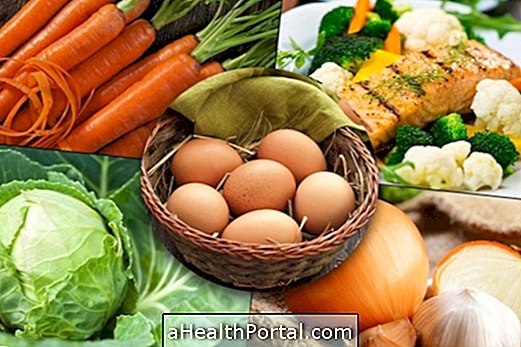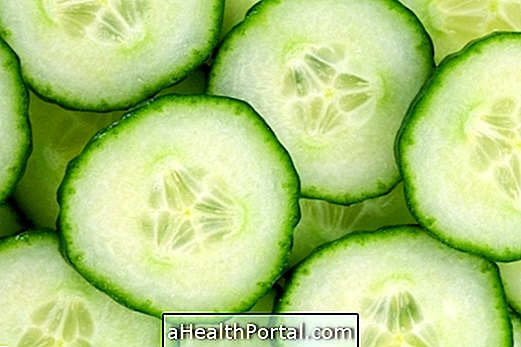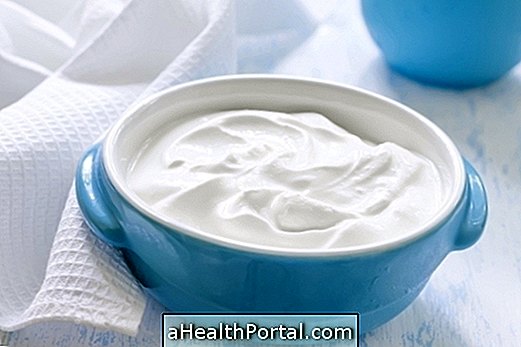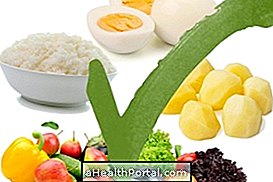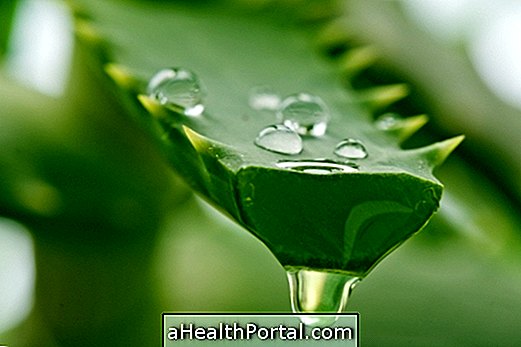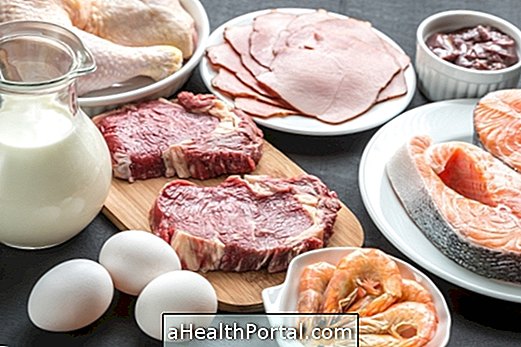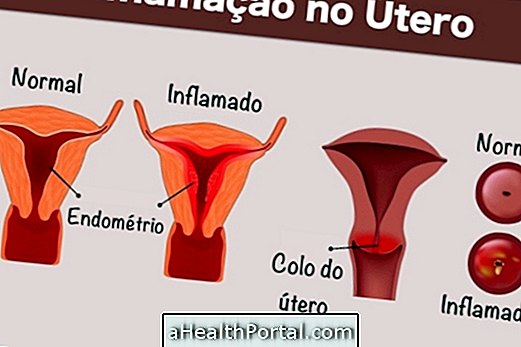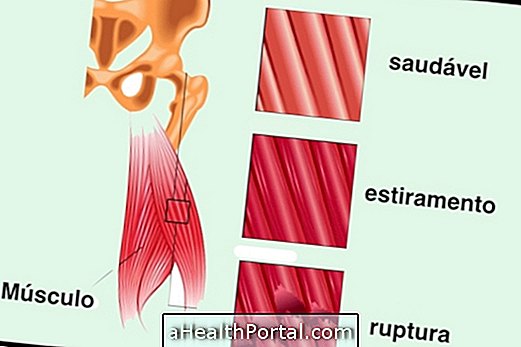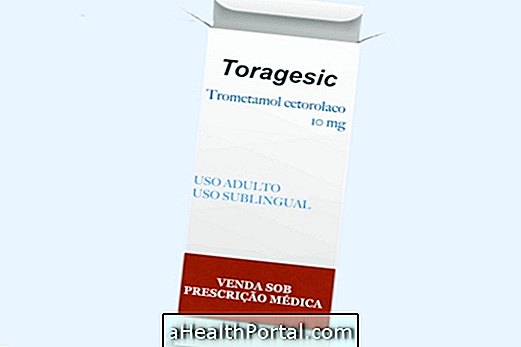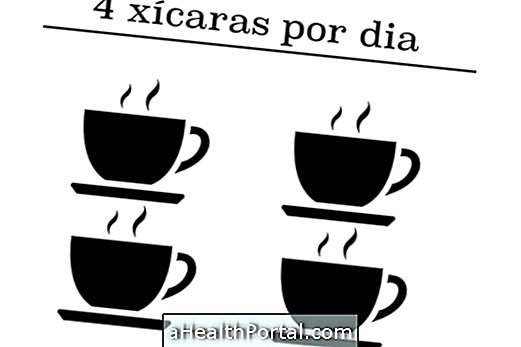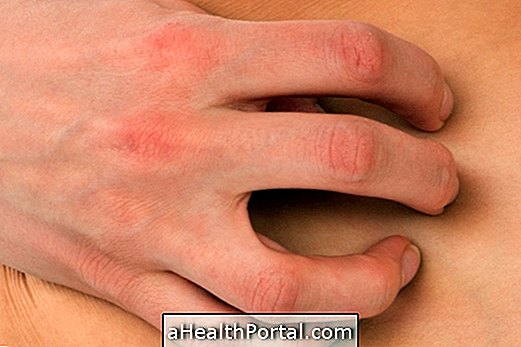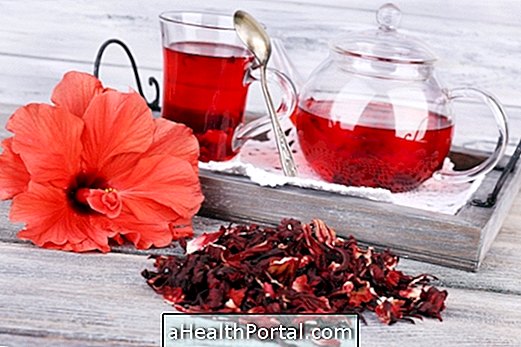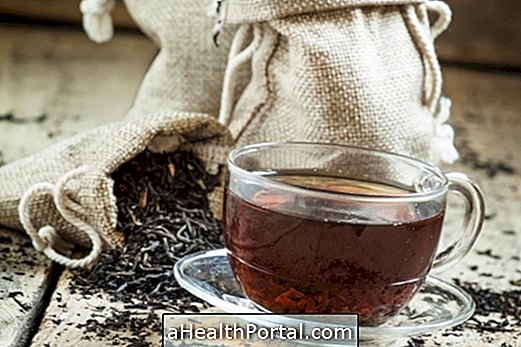Acidic foods, such as bread, oats, and wheat, tend to make your blood pH more acidic, causing the body to expend more minerals to balance that acidity. Normal blood pH values are slightly basic, ranging from 7.35 to 7.45.
Excessive consumption of acidic foods can cause problems such as decreased immunity, reduced absorption of nutrients in the gut, less ability to repair cell damage and difficulty in removing heavy metals from the body.
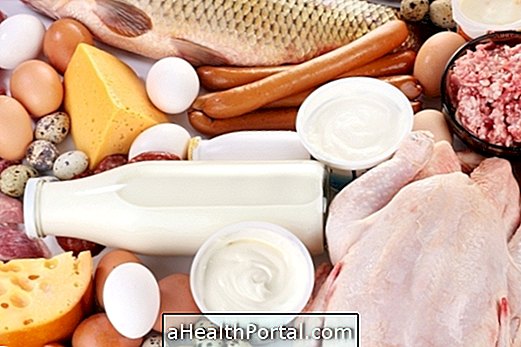
List of acidic foods
Acid foods are mainly those rich in protein and simple carbohydrates, and can be divided into the following groups:
- Grains : wheat, oats, rice, corn, quinoa, and foods based on these grains, such as bread, pasta, biscuits and cakes;
- Fruits : red currants, blueberries, blackberries, canned fruits;
- Milk and dairy products ;
- Eggs ;
- Potatoes ;
- Oilseeds : nuts, peanuts, cashew nuts and pistachios;
- Chicken, fish and meats in general, especially processed meat like sausage, ham, sausage and mortadella;
- Legumes : beans, lentils, peas, soybeans;
- Beverages : soft drinks, processed juices, vinegar, wine and alcoholic beverages.
In addition, cooking oils like olive oil, sunflower oil, sesame, avocado and canola are also considered acidic foods. See also the list of alkaline foods to balance the pH of the body.
How to include acidic foods in your diet
To maintain a balanced diet and health, preference should be given to the consumption of acidic foods that are natural or poorly processed, such as fresh meats, beans, lentils, nuts, cheeses, yogurt and milk.
These foods are necessary for the body and should be consumed daily, while foods rich in sugar and white flour should be avoided, such as pasta, sweets, breads, crackers and sugary drinks.
The balanced diet, rich in fruits, vegetables and natural foods is rich in antioxidant vitamins and minerals, which allow the body to regulate easily the pH of the blood, always maintaining its proper balance.
Learn more about this topic ema:
- Dangers of acid feed
- PH Diet
